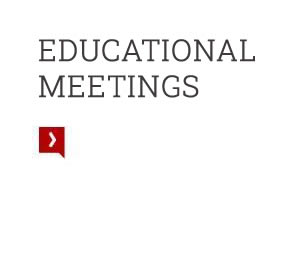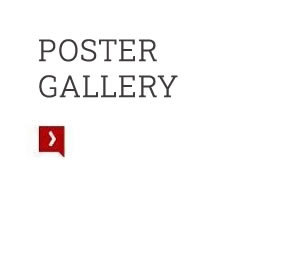News
Menu left
World Theatre Day Message 2024 by Jon FOSSE - Art Is Peace
data dodania:
27.03.2024
Every person is unique and yet also like every other person. Our visible, external appearance is different from everyone else’s, of course, that is all well and good, but there is also something inside each and every one of us which belongs to that person alone—which is that person alone. We might call this their spirit, or their soul. Or else we can decide not to label it at all in words, just leave it alone.
But while we are all unlike one another, we’re alike too. People from every part of the world are fundamentally similar, no matter what language we speak, what skin color we have, what hair color we have.
This may be something of a paradox: that we are completely alike and utterly dissimilar at the same time. Maybe a person is intrinsically paradoxical, in our bridging of body and soul—we encompass both the most earthbound, tangible existence and something that transcends these material, earthbound limits.
Art, good art, manages in its wonderful way to combine the utterly unique with the universal. It lets us understand what is different—what is foreign, you might say—as being universal. By doing so, art breaks through the boundaries between languages, geographical regions, countries. It brings together not just everyone’s individual qualities but also, in another sense, the individual characteristics of every group of people, for example of every nation.
Art does this not by levelling differences and making everything the same, but, on the contrary, by showing us what is different from us, what is alien or foreign. All good art contains precisely that: something alien, something we cannot completely understand and yet at the same time do understand, in a way. It contains a mystery, so to speak. Something that fascinates us and thus pushes us beyond our limits and in so doing creates the transcendence that all art must both contain in itself and lead us to.
I know of no better way to bring opposites together. This is the exact reverse approach from that of the violent conflicts we see all too often in the world, which indulge the destructive temptation to annihilate anything foreign, anything unique and different, often by using the 2 of 2 pages
most inhuman inventions technology has put at our disposal. There is terrorism in the world. There is war. For people have an animalistic side, too, driven by the instinct to experience the other, the foreign, as a threat to one’s own existence rather than as a fascinating mystery. This is how uniqueness—the differences we all can see—disappear, leaving behind a collective sameness where anything different is a threat that needs to be eradicated. What is seen from without as a difference, for example in religion or political ideology, becomes something that needs to be defeated and destroyed.
War is the battle against what lies deep inside all of us: something unique. And it is also a battle against art, against what lies deep inside all art.
I have been speaking here about art in general, not about theater or playwriting in particular, but that is because, as I’ve said, all good art, deep down, revolves around the same thing: taking the utterly unique, the utterly specific, and making it universal. Uniting the particular with the universal by means of expressing it artistically: not eliminating its specificity but emphasizing this specificity, letting what is foreign and unfamiliar shine clearly through. War and art are opposites, just as war and peace are opposites—it’s as simple as that. Art is peace.
Translated by: Damion Searls
design by fast4net












